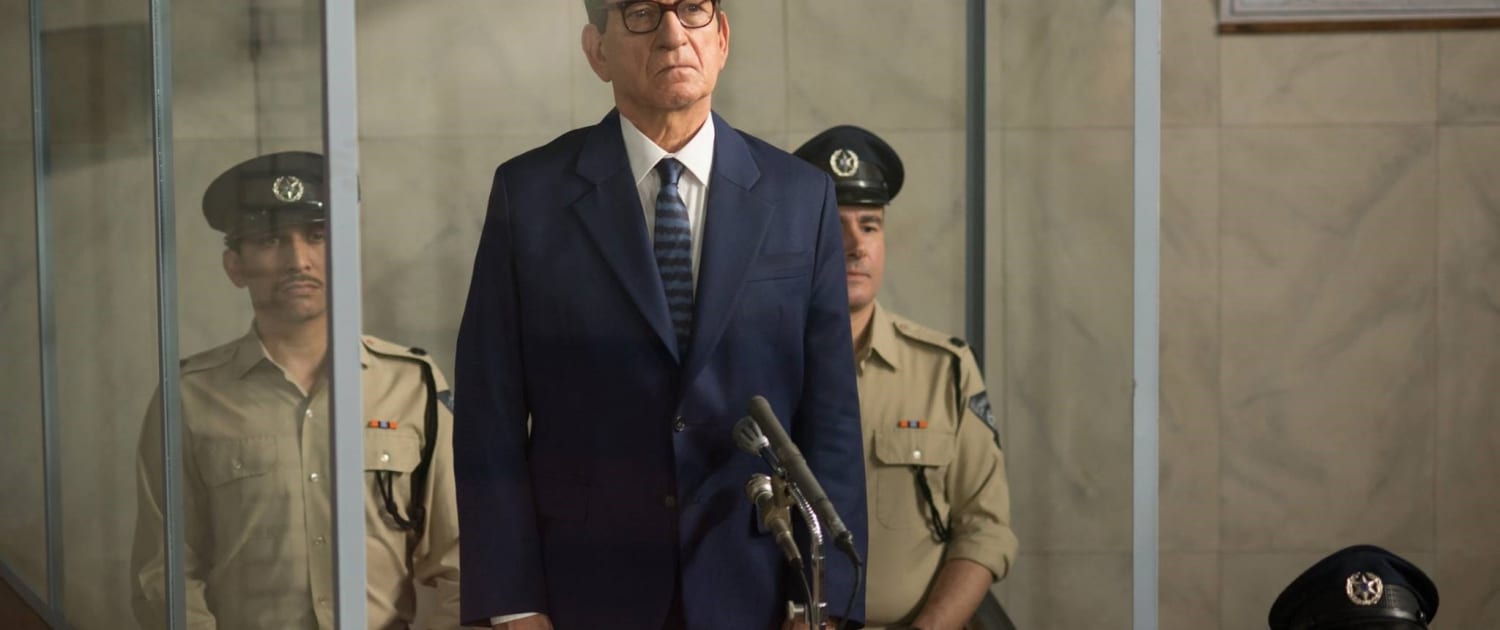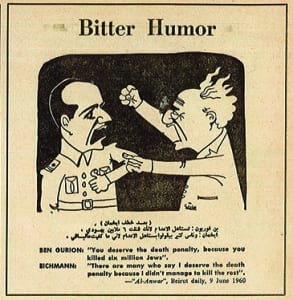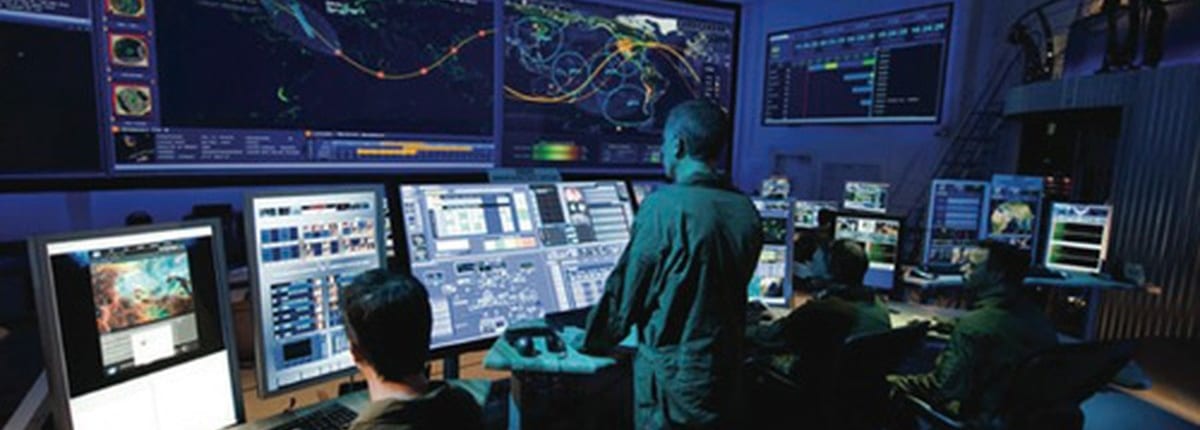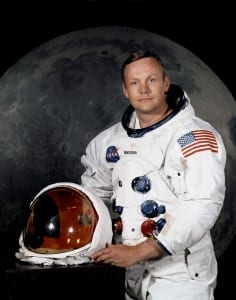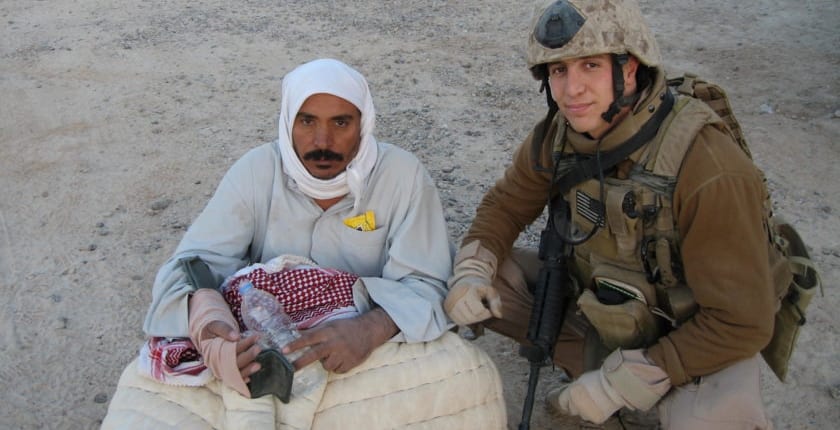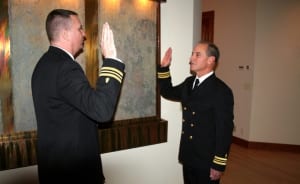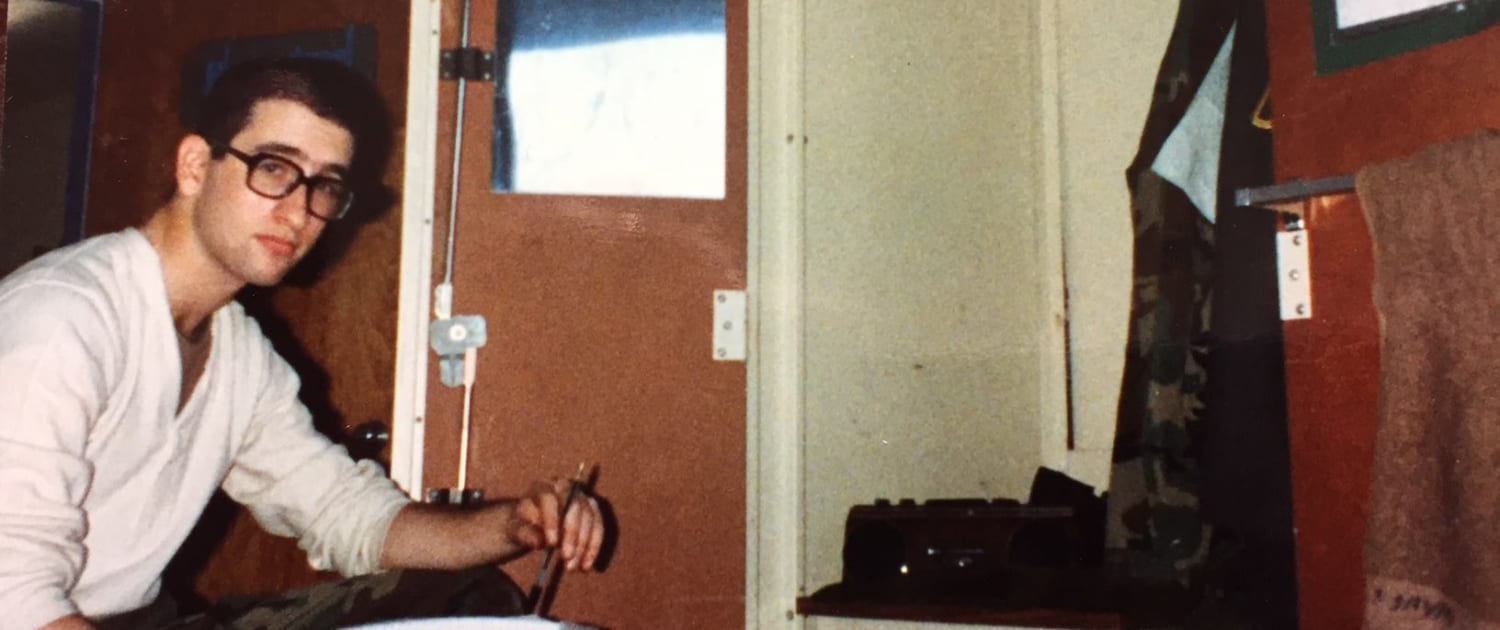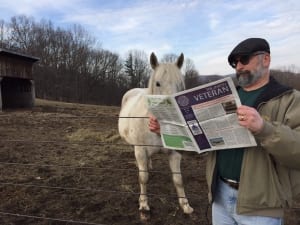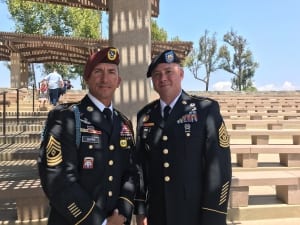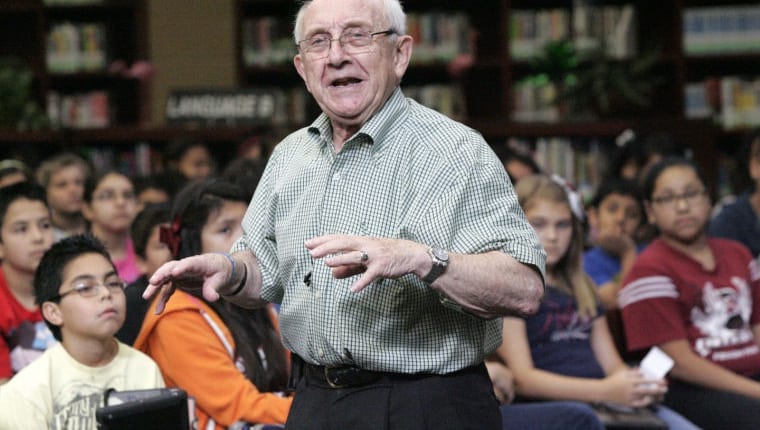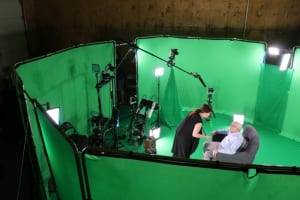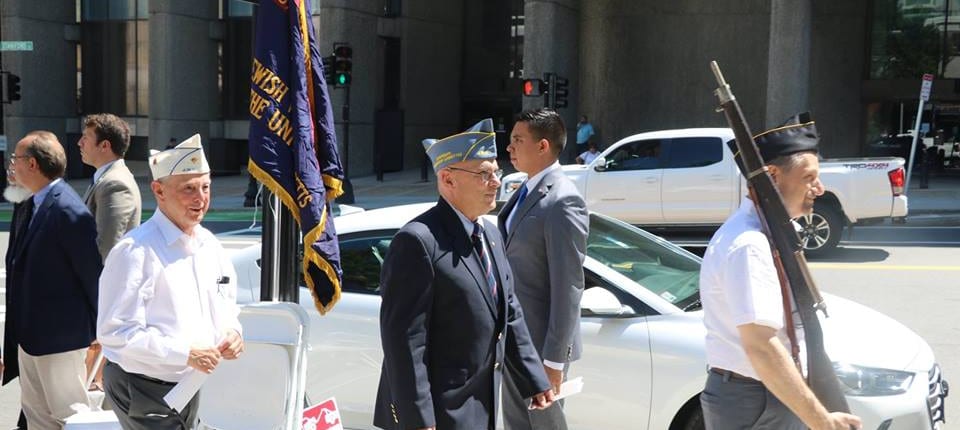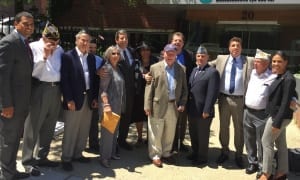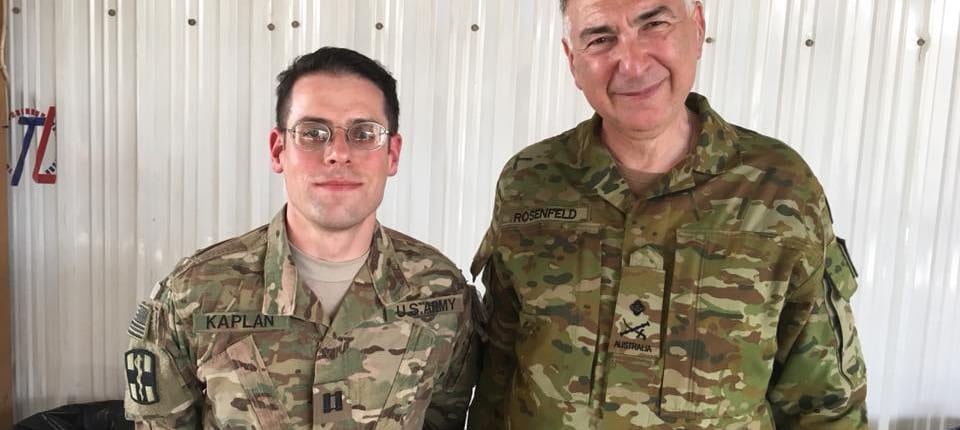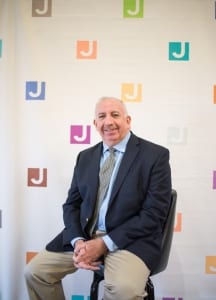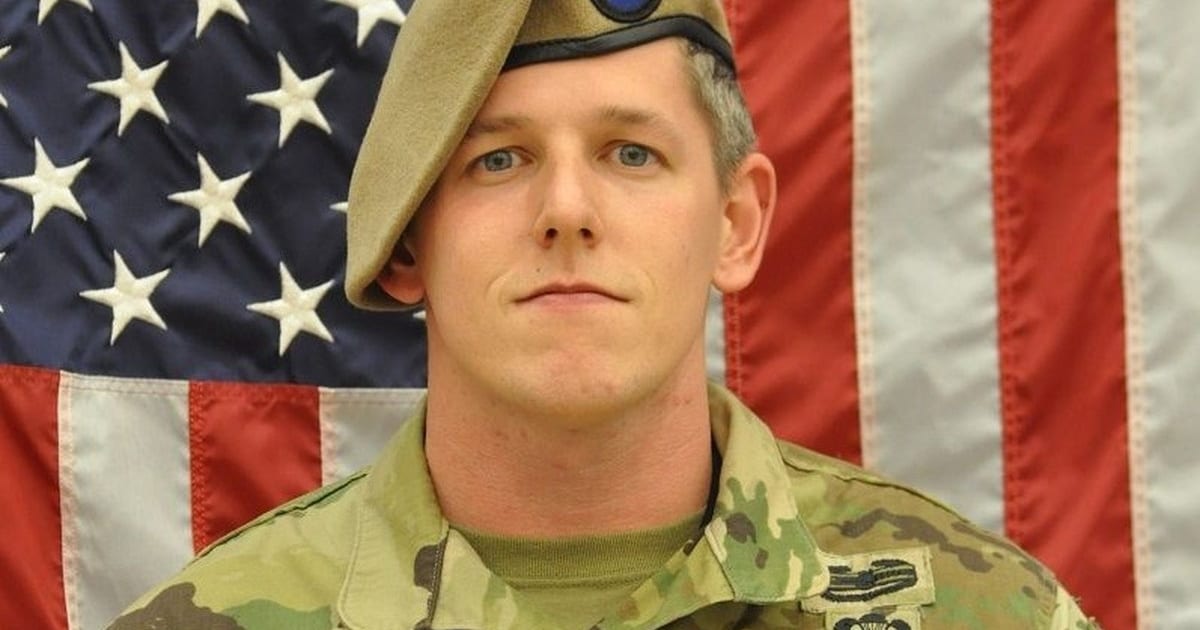
SFC Christopher Celiz. Photo Credit: US Army.
By Anna Selman, Programs and Public Relations Coordinator
WASHINGTON – Over the summer, we lost another one of our brothers in arms. Sergeant First Class (SFC) Christopher Celiz, a member of the 1st Battalion of 75th Ranger Regiment, died July 12 of wounds suffered as a result of enemy small-arms fire in eastern Afghanistan’s Paktiya province. He was 32.
“While conducting combat operations in Paktiya province, Celiz was wounded by enemy small arms fire,” stated a U.S. Army Special Operations Command press release. “He was treated immediately and medically evacuated to the nearest medical treatment facility where he died of his wounds.” He was part of a team of Army Rangers supporting the CIA in an intensifying effort to kill or capture top militant targets.
“The 75th Ranger Regiment suffered a tremendous loss with the passing of SFC Chris Celiz,” Col. Brandon Tegtmeier, the 75th Ranger Regiment’s commander, said in the release. “Chris was a national treasure who led his Rangers with passion, competence, and an infectiously positive attitude no matter the situation. He will be greatly missed.”
Celiz deployed from 2008 to 2009 in support of Operation Iraqi Freedom (OIF) and from 2011 to 2012 in support of Operation Enduring Freedom (OEF). He was on his fifth deployment with 1st Battalion, 75th Ranger Regiment when he was killed. He deployed to war zones a total of seven times with the U.S. Army.
Celiz was born in 1986 in South Carolina, and he was a native of Summerville, SC. He attended Summerville High School, where he participated in JROTC. According to one of his JROTC battle buddies, they would spend weekends together competing at drill meets and hanging out at one another’s homes. It was at Summerville High School where he also met the love of his life, with whom he shared an 8 year old daughter.
He enlisted in the U.S. Army in September 2007 after completing two years at the Citadel. In 2013, Celiz was selected to serve with the 75th Ranger Regiment as a combat engineer. He served with 1st Battalion as the Battalion Master Breacher and engineer and then later as a mortar platoon sergeant with Company D. At the time of his death, Celiz was serving as the battalion mortar platoon sergeant.

Temple Mikve Israel. Photo Credit: Temple Mikve Israel.
“SFC Chris Celiz was a great Ranger leader, and he will be sorely missed by 1st Ranger Battalion. He had an incredibly positive attitude that inspired Rangers throughout the formation,” his battalion commander, LTC Sean McGee, said in the release. “SFC Class Celiz led from the front and always put himself at the decisive point on the battlefield. He was a loving husband and father, and he and his family have been an important part of the fabric that represents 1st Ranger Battalion and the Savannah community.”
His funeral took place Wednesday afternoon at Congregation Mickve Israel in historic Savannah. Flags were lowered at half-staff throughout the state in his honor. Hundreds of mourners filled a Savannah, Georgia, synagogue to remember a Jewish soldier killed in action in Afghanistan on July 12.
“When Rob got on the plane to come home for R&R, SFC Chris Celiz shook his hand and told him to have fun and be safe. Rob said, “See you in a few weeks.” Unfortunately, Rob would not see him again. Operation Enduring Freedom began 17 years ago and it seems many have forgotten we are still in Afghanistan, or have become desensitized to that fact. Young men and women are still risking their lives every day, and this young man, a husband and father, lost his life. We cannot forget their sacrifices, or the family they leave behind,” said Kelley, a spouse of a Ranger in the 75th Regiment.
The Governor of South Carolina, Henry McMaster, ordered flags at half-staff on July 18th. “As you look at the flag today and see it at half-staff, please take a moment to remember Sergeant First Class Christopher A. Celiz, who made the ultimate sacrifice for our country in Afghanistan, and pray for his family and friends as they, and our entire state, mourn his loss,” McMaster wrote on Facebook.
The Jewish War Veterans of the U.S.A. (JWV) mourns the death of SFC Christopher Celiz, and we promise to remind the Jewish community about his service and to remind the world that Jews have and will continue to proudly serve the United States – some, like Celiz, have given their lives. This Veterans’ Day, we will be reminding Jewish communities around the country that the wars in Iraq and Afghanistan are continuing to this day, and we have soldiers, like Celiz, who are still dying to protect our freedom. It is our duty to remember them and to tell the next generation of their sacrifice.
